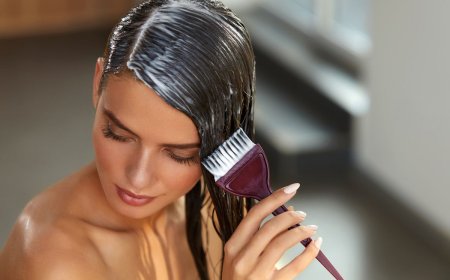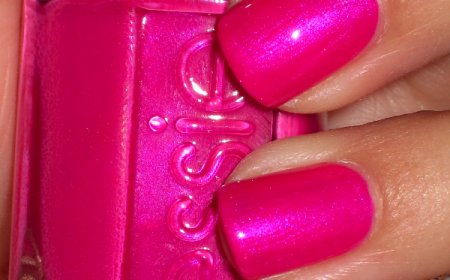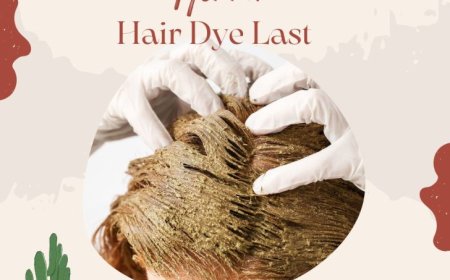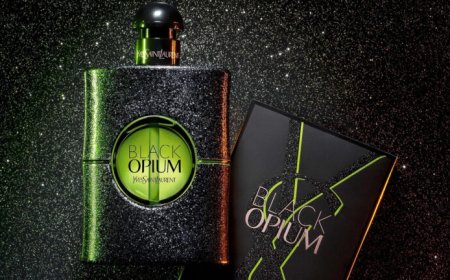Setting Spray vs. Powder: Which One Is Better for Your Makeup?
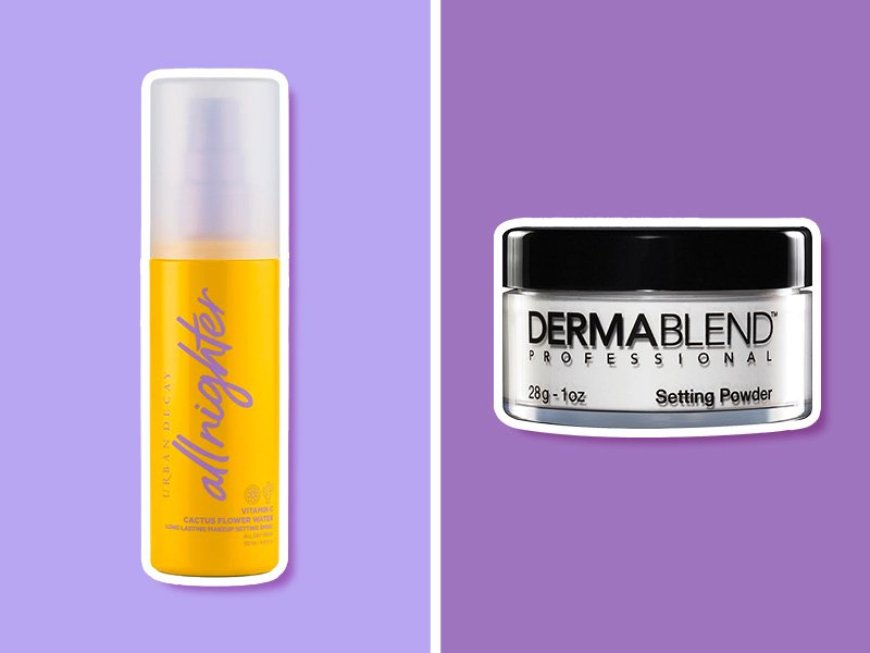
When it comes to achieving a flawless makeup look, the debate between using setting sprays and setting powders is often contentious among beauty enthusiasts and professionals alike. Each product boasts distinct advantages, often tailored to individual skin types, preferences, and desired looks. This discourse will delve into the fundamental distinctions between setting sprays and powders, examining their mechanics, efficacy, and suitability to help you make an informed decision.
Understanding the basic premise that both setting sprays and powders aim to prolong the wear of makeup is crucial. However, they do so through varying mechanisms and with different outcomes. The key to choosing between the two lies in discerning the unique properties of each and aligning them with your specific needs.
Setting Spray: A Moisture-Infused Finish
Setting sprays are liquid products designed to be applied to the face after the makeup application process is complete. These sprays often contain a variety of ingredients, including hydrating agents and film-forming polymers, which work together to create a shield over the makeup, enhancing its longevity. The primary function of a setting spray is to prevent makeup from smudging, fading, or settling into fine lines throughout the day.
One of the standout features of setting sprays is their finish. Many formulations promise a dewy, radiant look, appealing particularly to those with dry or combination skin. The application technique is relatively straightforward; simply mist the spray over the face from a distance, allowing the product to create an even layer. This method does not disturb makeup but instead melds various components together, resulting in a more cohesive appearance.
Additionally, setting sprays often provide skin benefits. Products enriched with antioxidants or hydrating agents can infuse moisture into the skin, helping to combat dryness. This aspect can be particularly advantageous in dry climates or during colder months, where skin tends to lose its natural moisture. However, one must be vigilant with the choice of spray; formulas laden with alcohol can lead to dehydration, counteracting the hydrating claims.
The efficacy of setting sprays is often enhanced by their composition. Many modern formulations incorporate advanced technology that claims to provide protection against environmental aggressors such as pollution and humidity. A setting spray may serve as a barrier, helping to maintain makeup integrity in less than favorable conditions.
Setting Powder: A Matte Solution for Control
Conversely, setting powders serve as a versatile tool in the makeup artist’s arsenal, primarily designed to absorb excess oil and mitigate shine. These powders are typically employed during or after the application of foundation and concealer to create a matte finish. Composed mainly of finely milled talc, silica, or other absorbent minerals, setting powders excel in creating a smooth complexion by blurring imperfections and fine lines.
In terms of application, setting powders can be used in several ways. A fluffy brush can be employed for a light dusting all over the face, particularly focusing on the T-zone where oil production is typically higher. Alternatively, a makeup sponge can be used to ‘bake’ areas that require additional coverage, such as under the eyes or around the nose, allowing the powder to sit for several minutes before dusting off the excess. This method enhances the longevity of makeup while preventing creasing.
While traditional setting powders provide an excellent matte finish, newer formulations have evolved to include illuminating qualities. These innovative products offer a hint of radiance, reducing the risk of looking overly flat. The balance between a matte and luminous finish can cater to various skin types and preferences, providing options for those who desire functionality without compromising aesthetics.
Ultimately, the choice of powder type—loose or pressed—also hinges on individual preference. Loose powders tend to offer a more translucent finish, ideal for setting makeup during professional applications, while pressed powders provide convenience for on-the-go touch-ups.
Combining Forces: Can You Use Both?
The intriguing question arises: can setting sprays and powders coexist harmoniously in a makeup routine? The short answer is yes. Many beauty aficionados utilize a combination approach to harness the benefits of both products. For instance, one may start with a setting powder to establish a matte base before sealing it in with a setting spray to lock in the look for an extended period. This layered strategy can yield a flawless visage that withstands the rigors of daily wear.
A balance between the two can also be achieved by selecting formulations suited to individual skin types. For instance, someone with oily skin may prefer a matte setting powder followed by a hydrating setting spray to counteract the powder’s potential to appear cakey. Conversely, a person with dry skin may find solace in a setting spray that rejuvenates their complexion while utilizing a lightweight powder sparingly.
Factors to Consider When Choosing
The decision between setting spray or powder is not merely rooted in personal preference; various factors must be thoughtfully considered. Skin type, specific makeup needs, and environmental conditions all play pivotal roles in determining the most suitable option.
Dry skin types may benefit more from the moisturizing properties of setting sprays. The additional moisture can help rejuvenate the complexion, preventing the makeup from appearing dull or parched. In contrast, individuals with oily or combination skin might find setting powders indispensable for controlling shine while ensuring that their makeup stays put throughout the day.
Moreover, the climate and situation necessitate careful thought. Humid conditions, for instance, often challenge makeup longevity, and a setting spray might offer a protective advantage. Yet in semi-arid or extremely hot environments, a setting powder can absorb excess oil and keep the skin feeling refreshed and matte.
Finally, the nature of the event can influence the product choice. A work presentation may require a more polished and matte look, while an evening out may embrace a more dewy finish. Understanding these interactions between product properties and external variables will empower one to make a nuanced decision aligned with their unique context.
In conclusion, the debate between setting sprays and powders is not a matter of one being superior to the other. It is an intricate balancing act, encompassing personal preferences and individual skin needs. As makeup continues to evolve, the landscape of setting tools expands, allowing users newfound flexibility to master their makeup routines. When approached with curiosity and mindfulness, both setting sprays and powders can coalesce into an extraordinary arsenal for achieving a resilient and breathtaking makeup look.
What's Your Reaction?
 Like
0
Like
0
 Dislike
0
Dislike
0
 Love
0
Love
0
 Funny
0
Funny
0
 Angry
0
Angry
0
 Sad
0
Sad
0
 Wow
0
Wow
0

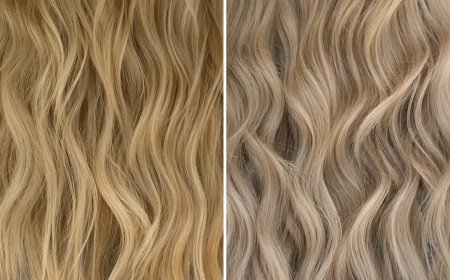
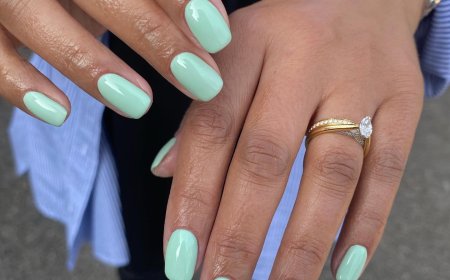
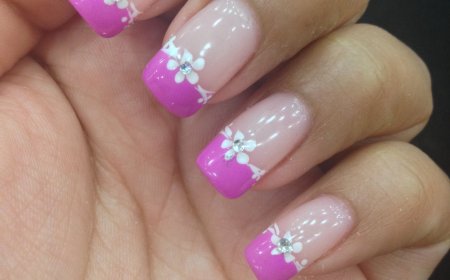

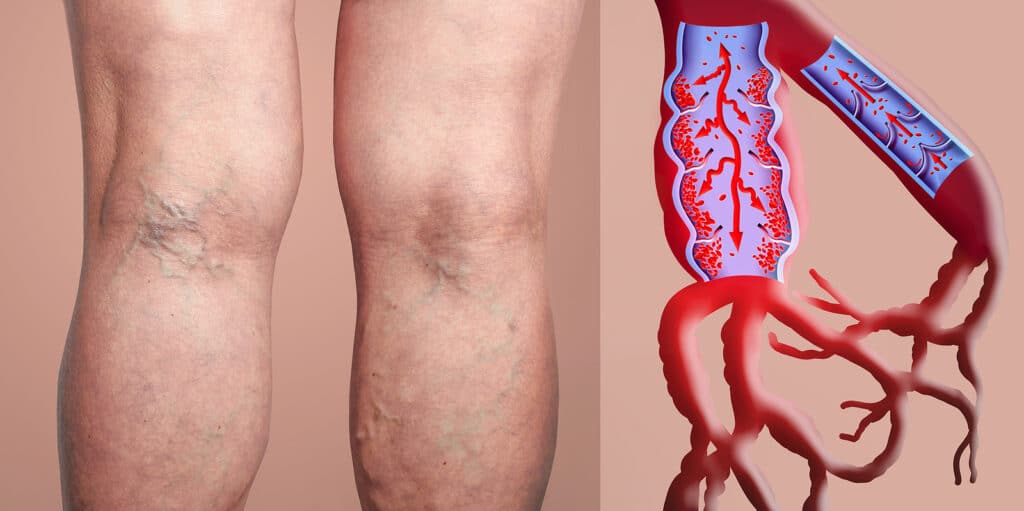


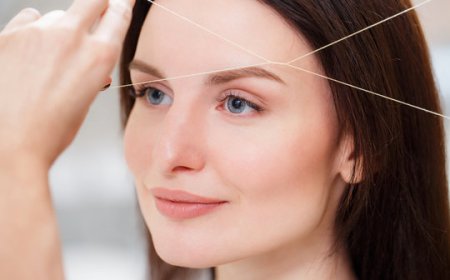
:max_bytes(150000):strip_icc()/drugstore-retinol-creams-tout-f76b9d2796e34eaa8376801c83fb1888.jpg)
